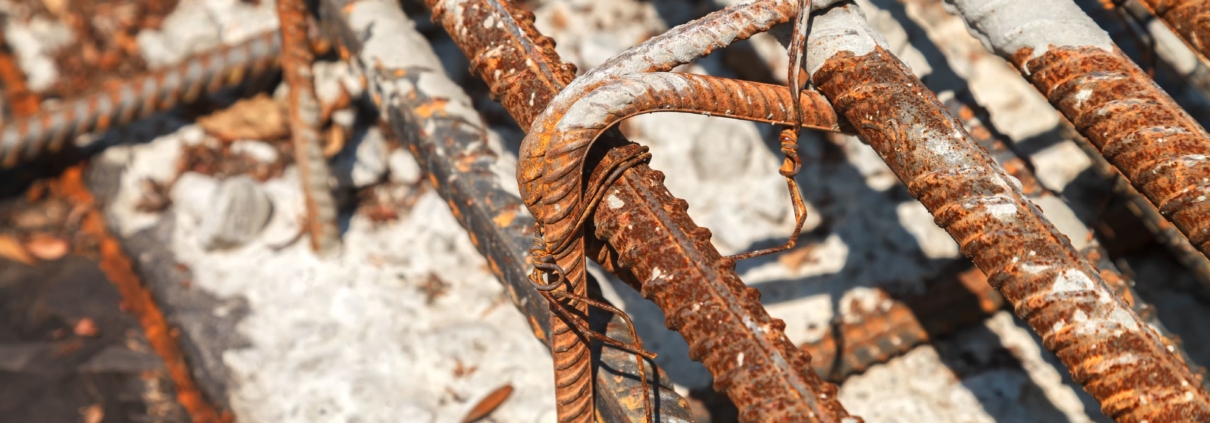4 Signs of a Faulty Foundation in Your Home’s Structure
The foundation is a critical part of your house that always needs your careful attention. When done correctly, it will keep your home stable through any weather that comes your way. If it starts to fail, however, the effect will be felt in the entire house as it will result in instability. In extreme cases, a faulty foundation can even cause the whole structure to collapse and make the building uninhabitable.
While foundation repair will certainly require the expertise of a structural engineer or a home restoration service, faulty foundations can be rather easy to notice. Before you are faced with extreme foundational issues at home, here are four signs of a faulty foundation that you should keep an eye out for:
1. Long, gaping cracks on the floor
As you should be aware, ground movement is relatively common, and it is normal for your foundation to slightly sink and for hairline vertical cracks to appear during the first two to three years after construction. However, seeing even a quarter of an inch climbing horizontally across your walls can mean that your foundation is experiencing more movement than what is considered normal. If you see cracks at a 45-degree angle, the foundation can be compromised, meaning that you need to seek professional assistance immediately.
2. Uneven floors
While cracks are definitely the most obvious sign, you should also check if there are portions of the house on the same level that feel lower or higher. One way to check is to place a ball on the floor in the center of the room and see if it consistently rolls away in one direction. You can also pour water and see if the puddle moves in many directions. If it flows consistently to one side, you know that your floor is not level.
3. Windows not closing
Because windows are designed to fit with an opening made during construction, any movement within the foundation will show cracks and gaps where the window frame and walls meet. Often, homeowners will notice that the windows no longer line-up or close properly and merely assume it as a faulty installation. However, this can also be a sign of the walls shifting due to an unstable foundation.
4. Doors are not lining up with their latches
Sometimes, doors that refuse to close may be caused by improper installation, but it often is also a tell-tale sign that your foundation has shifted, and your walls are no longer aligned. This is especially true if you see gaps where the wall and the door frames meet. Similar to windows, doors are also designed to fit flush to your walls. A crack or gap on top of the door frame will likely also appear as a consequence of a foundation that has moved.
Causes of moving foundations
There are many causes of a moving foundation. Often, it is a result of subpar construction work, where workers fail to compact a soil properly before laying the foundation. This results in structural failure as the foundation is vulnerable to water damage, and the soil is too soft to support a structure.
However, vibrations can also cause the soil to move. These vibrations can come from nearby construction or earthquakes. Vegetation can wreak havoc on your foundation as well. Tree roots, in particular, will grow around and under your home’s foundation and cause the soil to shift as it looks for water.
Conclusion
While good construction practices will come a long way to ensuring a stable foundation for your home, movements in the earth will often cause structural problems. Remember that cracks will often start small as well. Because of this, it is best to keep yourself aware of any signs of potential foundation issues and contact a reputable home restoration service before the issues accelerate.
Red Robin Masonry is your best option for foundation repair and other restoration services in Toronto. If you want to ensure a safe foundation for your home, get in touch with us today to see how we can help!




Leave a Reply
Want to join the discussion?Feel free to contribute!